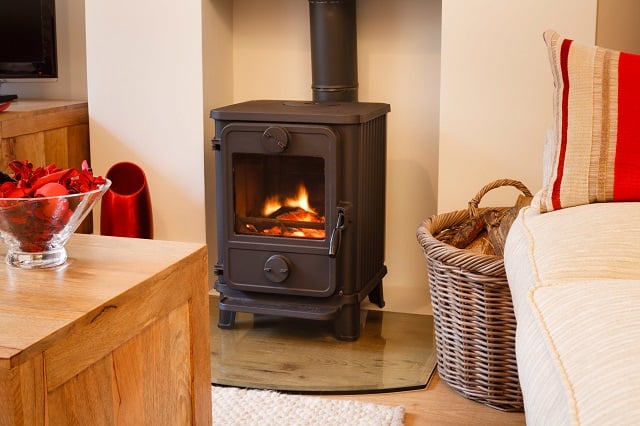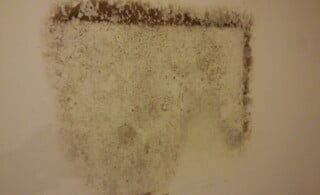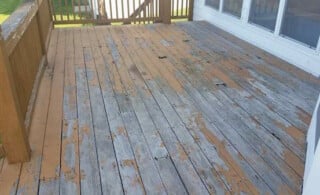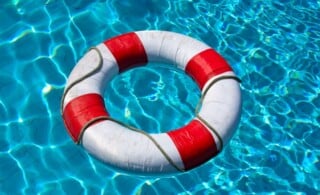
Fire safety is an important issue that every family should address. Accidental fires can happen to anyone and at any time. Often, home fires are due to human negligence such as inattentive behavior or caused by faulty wiring or another type of mechanical failure in the home. As a result, people should have rules about how to behave when handling things that put them at high risk, such as fireplaces or wood stoves. Everyone in the family should understand how easily a fire can start and what actions they can take to prevent one from occurring. For that reason, it’s important to have access to fire protection and prevention services and to discuss fire safety as a family before disaster strikes. Here are some questions and answers that can help you ensure that you’re fully prepared to keep yourself safe.
Q: What should I know when buying a wood stove?
A: To ensure wood stove safety, always buy a stove that is UL-listed. It should be made of steel or cast iron, and it should be free of damage such as cracks.
Q: Are wood stoves safer than fireplaces?
A: Both wood stoves and fireplaces become extremely hot and can cause burns if touched. Although they both are burning wood, the stove’s door is typically closed unless the fire is being tended. Fireplaces, however, are often open with the exception of a screen or mesh curtain, which increases the chances of sparks flying out and causing burns or igniting nearby carpeting, furniture, or even a pet’s fur. In general, there is some risk with either, and caution should always be used.
Q: Are there regulations I should know about when installing or using a wood stove or fireplace?
A: Regulations can vary according to where you live. To ensure that you are aware of and comply with any area fire codes, state laws, and other regulations regarding wood-burning appliances, check with your local authorities.
Q: Can I install a wood stove myself?
A: Hire a professional to install wood stoves to ensure that they are properly ventilated and placed. Homeowners who choose to install their own wood stoves should fully understand the risks and chimney requirements.
Q: What precautions should I take when starting a fire in a wood stove?
A: To safely start a fire in a wood-burning stove, make sure the damper is opened in advance. Avoid using any type of flammable fluid, such as gas or kerosene, to ignite the wood. Instead, start off by using crumpled newspaper and a few smaller sticks.
Q: Is it safe to go to bed when wood is still burning in the fireplace or stove?
A: Never going to sleep when a fire is lit is an important fireplace safety rule to follow. Wait until the fire is completely out and the embers are no longer red or smoldering.
Q: How often should a chimney be inspected and cleaned?
A: A chimney inspection should be completed annually by a local licensed professional who will inform you if and when a cleaning or sweeping is needed. Often, it is recommended if there is a buildup of 1/8 inch or more or if it is blocked by nesting materials.
Q: How can I keep children safe around fireplaces and wood stoves?
A: Keeping children at least three feet away from wood stoves is a smart heating safety tip to follow. People can also protect children by never leaving them unattended and keeping pokers and any other types of fireplace tools out of their reach. A fireplace screen can also help keep them away and prevent accidental burns.
Q: What else can we do to keep children safe from burns?
A: Burn prevention begins with removing anything that can cause children to burn themselves or that can be used to cause home fires. This means keeping anything that can start a fire, such as candles, matches, and lighters, out of their reach. When in use, candles should be kept at least 12 inches from items that are flammable. Parents should use the back burners of the stove when cooking and not allow children in the kitchen or near the stove unsupervised. Childproof covers over electrical outlets are also useful, as they can prevent electrical burns.
Q: How can house fires be prevented?
A: To prevent home fires, taking the proper safety precautions while using a fireplace or wood-burning stove is only the first step. In addition, never smoke in bed or when tired. Smokers should use deep ashtrays or put out their cigarettes in water. Ideally, all smoking should take place outdoors to avoid accidentally dropping ash or cigarettes on surfaces that can catch fire. Also, help prevent electrical fires by checking power cords to ensure that they are not frayed or damaged. Cooking safety is also important, as the kitchen is one of the most common locations for fires to start. Use timers when food is cooking to ensure that it is not accidentally forgotten, and never leave the house if food is cooking on the stove or in the oven. Pot holders, dish towels, and other materials should also be kept clear of gas or electric burners, as they can easily catch fire.
Q: What is a carbon monoxide detector?
A: These devices alert families to the presence of carbon monoxide, which is an odorless gas that can cause people to become sick and even die after prolonged exposure. Both wood-burning stoves and fireplaces are sources of carbon monoxide.
Q: Are both smoke alarms and carbon monoxide detectors necessary?
A: Yes. Because they alert you to two different things, both smoke and carbon monoxide alarms should be installed in every home.
Q: How often should they be tested?
A: To ensure that smoke alarms are working properly, test them monthly.
Q: How often should smoke alarms be replaced?
A: Replace the entire alarm every ten years and the batteries at least once a year. It’s easy to remember to change the batteries if you do it when you change your clock for Daylight Saving Time.
Q: In the event of a fire, how do I treat minor burns?
A: Although minor burns are painful, there is typically no need for professional medical care. To treat this type of superficial burn at home, apply nothing more than cool water over the burned area for approximately 30 minutes. Follow this by cleaning the area, and if blistering is present, gently cover it with gauze. Ibuprofen or some other form of over-the-counter medication can be taken for the pain. Do not apply ice, butter, or petroleum jelly to the area.
Q: How can I tell if a burn is a major burn, and what should I do if it is?
A: Major burns are serious, deep burns that require immediate medical attention. They can have the look of charred flesh and often make the victim’s skin leathery and dry. Burn first aid should be administered until help arrives. This involves elevating the burned area, covering it with a moist, clean cloth for protection, and removing any clothing or jewelry from the area. Be on the lookout for shallow breathing, pale complexion, and other signs of shock.
Q: Does every family need a fire escape plan, even if they live in an apartment?
A: Yes, a home fire escape plan can save lives regardless of where a family lives.
Q: How can my plan ensure that elderly family members and very young children can escape on their own?
A: Assign reliable people to help older adults and less mobile family members evacuate the home. There should be a primary and backup person assigned to help elderly loved ones and small children.
Q: How often should families hold fire escape drills?
A: It’s important that adults and kids know what to do in a fire. For that reason, family fire exit drills should be held twice a year.
Q: What is a backup fire evacuation plan?
A: As you plan your family’s escape routes, always have at least one backup plan in addition to the primary exit from each room. For people living on the second floor, a collapsible fire escape ladder can turn windows into a viable secondary exit.
Q: What should I do if I am trapped by fire?
A: If you’re trapped in a burning home, close all doors between you and the fire and stay low to the ground, where there is less smoke. To reduce your risk of smoke inhalation, stuff sheets or other material under the door and around vents. Go to a window and yell for help, waving a flashlight or something white try to get the attention of people on the street. If you have a phone with you, call 911.
Q: What should someone do if their clothing catches fire?
A. Stop, drop, and roll if your clothing starts to burn.
Q: What makes a good spot for a family to meet after escaping a fire?
A: Choose a safe meeting place that everyone is familiar with. This spot should be close enough to interact with firefighters but away from the immediate danger caused by the fire.
Q: Should I ever re-enter a burning home to look for a loved one or pet?
A: No. When there’s a fire in your home, re-entering it creates a dangerous situation for everyone. Instead, tell the arriving firefighters that someone is missing and let the emergency responders handle it.
 Lead Paint Common Sense
Lead Paint Common Sense  How Do I Get Rid of the Moldy Odor in My Basement?
How Do I Get Rid of the Moldy Odor in My Basement?  The Reason for Mold Inspection
The Reason for Mold Inspection  Dry Rot: The Invisible Killer
Dry Rot: The Invisible Killer  Pool Safety Guide for Homeowners
Pool Safety Guide for Homeowners 

Are You Familiar With This Topic? Share Your Experience.